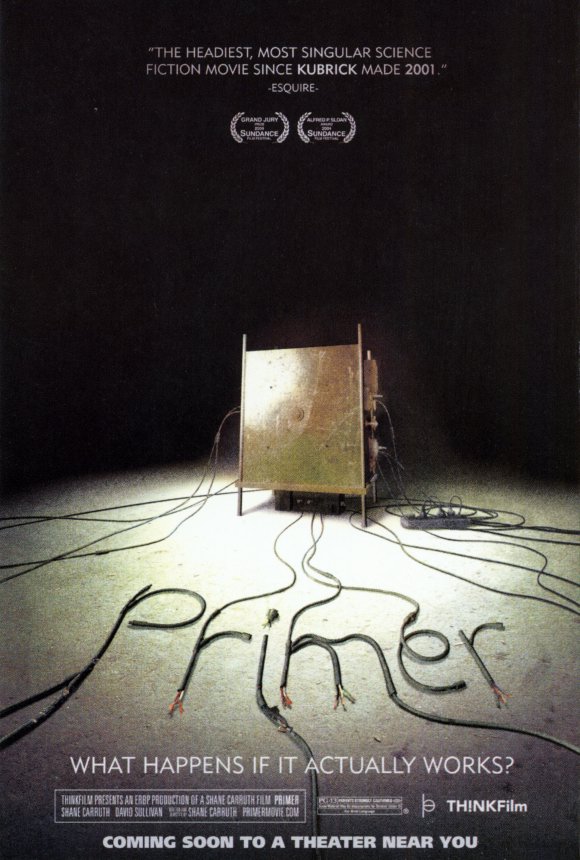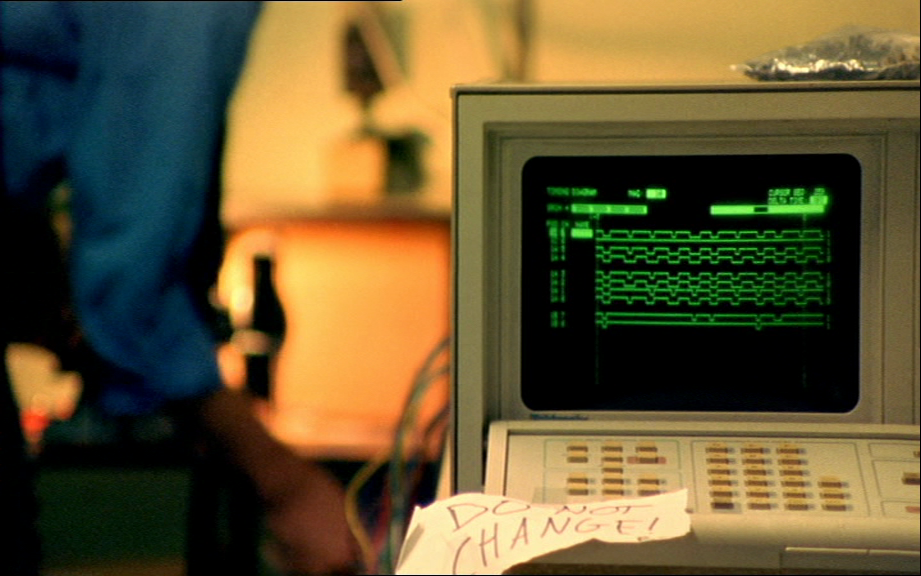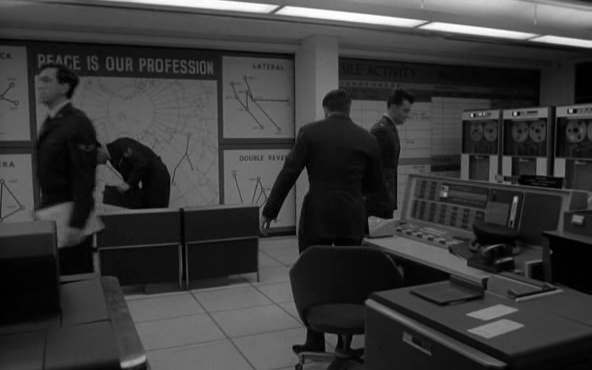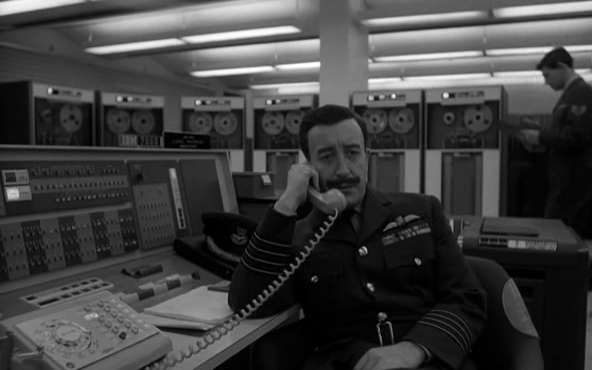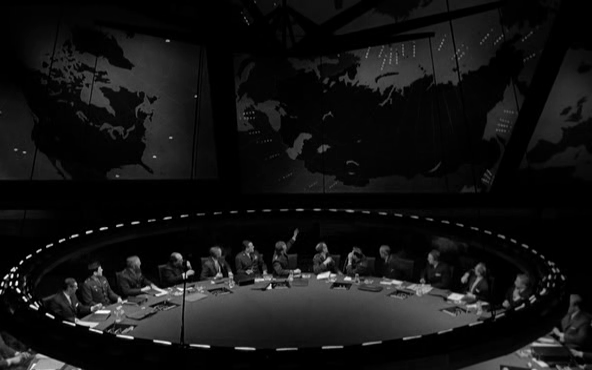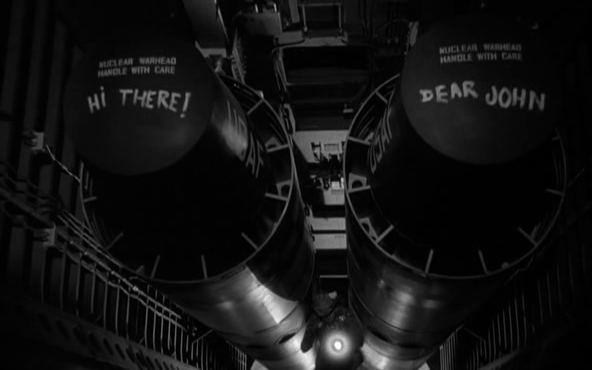-
#8 – Primer (2006)
Primer (2006)
Film review #8
dir. Shane Carruth
An independent film all about time travel. Two guys working on a range of bizarre inventions stumble upon the secret to manipulating time itself…
For an independent, low-budget movie, Primer should be noted for it’s very complex and technical plot. As each step in the development of this time travel experiment is discussed and laid out in the dialogue, it is obvious that there is a lot of technical thought that has been considered. Even when stepping into the scientific unknown of time travel, there is still a lot of technical background, which although works nicely within the context of the script, it may take scientific and mathematical liberties at some points, but with the sheer amount of technical information pouring out of the script, it is difficult to determine the real and fake science, which I would say work’s in the movie’s favour.
There is a real trash aesthetic throughout the film. Being an independent film about two guys working from their garage, this is probably what you should expect. The cobbled-together machines give no clue or framework for understanding what is going on, so it requires an attentive viewer to decipher how everything works.
As you can guess, it is pretty easy to get lost in this movie. If the techno-jargon doesn’t get you, the amount of different timelines that start piling up most certainly will. Just google search “primer timeline” and you’ll get a large number of graphs and charts which people have used to try and decipher the events of Primer. Interesting fact: I never heard the word “time” or “time travel” anywhere in the film.
If there is one clear message to take away from Primer, it is this: Time travel is messy. Just by doing one simple journey backwards in time throws up so many complications, and even with the precautions the main characters take to remove themselves from the continuum, everything still manages to pile up so much that they have to leave their old lives behind while another version of themselves goes on in their place.
It’s very much a Pandora’s box: Once you open it, you can’t really put it back. Perhaps the “time machine” (this definition is never used in the movie by the way) being in the shape of a box signifies this rather nicely.
So is it possible to answer the tag-line question: What happens if it actually works? Not in my opinion. What happens seems to be far out of the control of two guys working in their garage.
-
#7 – Close Encounters of the Third Kind (1977)










Close Encounters Of The Third Kind (1977)
Film review #7
dir. Steven Spielberg
1977’s “other” sci-fi movie is the film of choice this week. The title of “other” is solely due to 1977 being the year that a little sci-fi movie called Star Wars was also released…
As in Contact, the film deals with the possibilities of first contact with extraterrestrials. In parallel to this, it also deals with the impact on the lives of people caught in the middle, having received a message from the aliens.
Imagining contact with aliens is imagined in many different ways, and in Close Encounters… it is probably the highlight of the film. The use of sound and light is quite spectacular, using bright beams of colour-coded light, and playing musical notes to communicate is something that would be a real possibility in the future should we ever have to communicate with aliens. The idea of mathematics being the only “universal language” is something that should be remembered. Combined with the use of sound, it really accentuates the relationship between music and mathematics.
The inclusion of a church/prayer scene just before the volunteers go aboard the UFO is of significance. Again, like Contact, religion and science mixing seems like a dangerous and messy thing to do, but if one is going to choose people to represent humanity to extraterrestrials, shouldn’t they represent the ~90% of people on the planet who believe in a religion?
Being a big budget movie by Steven Spielberg, the special effects and locations are grand in scale and don’t disappoint. The music being composed by John Williams as well is interesting, seeing as he composed the music for Star Wars the very same year. Two different science-fiction films produced two different soundtracks.
The main difference between Close Encounters… and films like Contact is the fact that Close Encounters… actually shows the aliens in the flesh. Rather controversial, since there is no way to imagine what aliens will look like…but the film is not a scientific simulation, it is a drama and a mystery, and perhaps having a resolution helps complete the story in a more traditional sense. The aliens are only seen with light shining from behind them, and subsequently darkening the features of the alien. It is important to note the short, skinny and silver figure of the alien is seemingly based on the various U.F.O. sightings and close encounters people have reported over the years, so it builds on the real-life accounts and takes them one step further.
There are still many questions at the end with regards to the aliens, how they got to Earth, what they are like etc. since the mothership only appears during the last 10 or so minutes. But since this a first contact situation, merely establishing a means of communication would be extensively difficult, and it would take a long time before meaningful dialogue would take place between two species. I think a line in the film sums it up perfectly:
“It’s like the first day of school…”
-
#6 – Contact (1997)
Contact (1997)
Film review #6
Dir. Robert Zemeckis
Something a little different this week for my movie review. Less of a science-fiction and more of a science-speculation (but all science-fiction is science-speculation really, right?).
Written by astronomer, astrophysicist and cosmologist Carl Sagan, it offers a scientific and human perspective on just what could happen during first contact with an alien species. The film promotes the rigour of scientific enquiry and testing one would expect in a first contact situation, along with all the problems that arise from government and religious responses.
The script has Carl Sagan’s writing all over it. The poetic way the plot’s key points are described and explained really humanises the whole experience of the movie, instead of drowning in scientific discourse. I noticed some of the things that were said were similar to some of thing’s Sagan has said before in his Cosmos documentary…
Like a good scientific experiment the narrative and aim continually shifts from the humble beginnings, to discovery of something brand new. Everything in between explores the implications and effects of this discovery on the populace of the Earth. But this also a human story as well. The motivations and tragic story of the protagonist really personalises the science, which is done really well.
Religion and theology clash with the scientific discovery throughout the film. The evidence of contact with other species angers religious groups, believing whole thing to be blasphemy. On the other hand, the part of religion and belief in a “God” is clearly an important part of humanity, since as it is explained “90% of the world population believe in a God.” and it is argued that a representative of humanity that will visit the aliens should represent that 90%. Classic Sagan.
One of the most interesting parts of the film is when the protagonist is given a suicide pill: Which apparently all astronauts have been given throughout the space program. Sagan says this is accurate to real life, though NASA denies it. There is a lot of scientific accuracy in this movie, since Sagan has experience in this field, he applies his knowledge really well in my opinion. As he states: “I was willing to imagine alien contact, but I wasn’t going to break the laws of physics”.
So at the end do we see these aliens? Of course not, but that’s classic Sagan too. It was he who advised Kubrick to not physically show any aliens in 2001: A Space Odyssey, since he believed aliens would look so different to anything we could possibly imagine, that showing them would do the idea no justice, the same reason we get at the end of Contact, though we do get something much more closer to home: A deeply personal resolution for the protagonist in a galaxy so far away and different from her own, and so the aliens download her thoughts so she could understand what was before her. Finding yourself and the answers you want in a place you never even imagined…again, it is something that Sagan has always done so well.
So overall, fantastic film. Something a little different than my usual ones, but so full of wonder and prospects it ranks very highly.
-
#5 – Dr. Strangelove (or: How I Learned to Stop Worrying and Love the Bomb)
